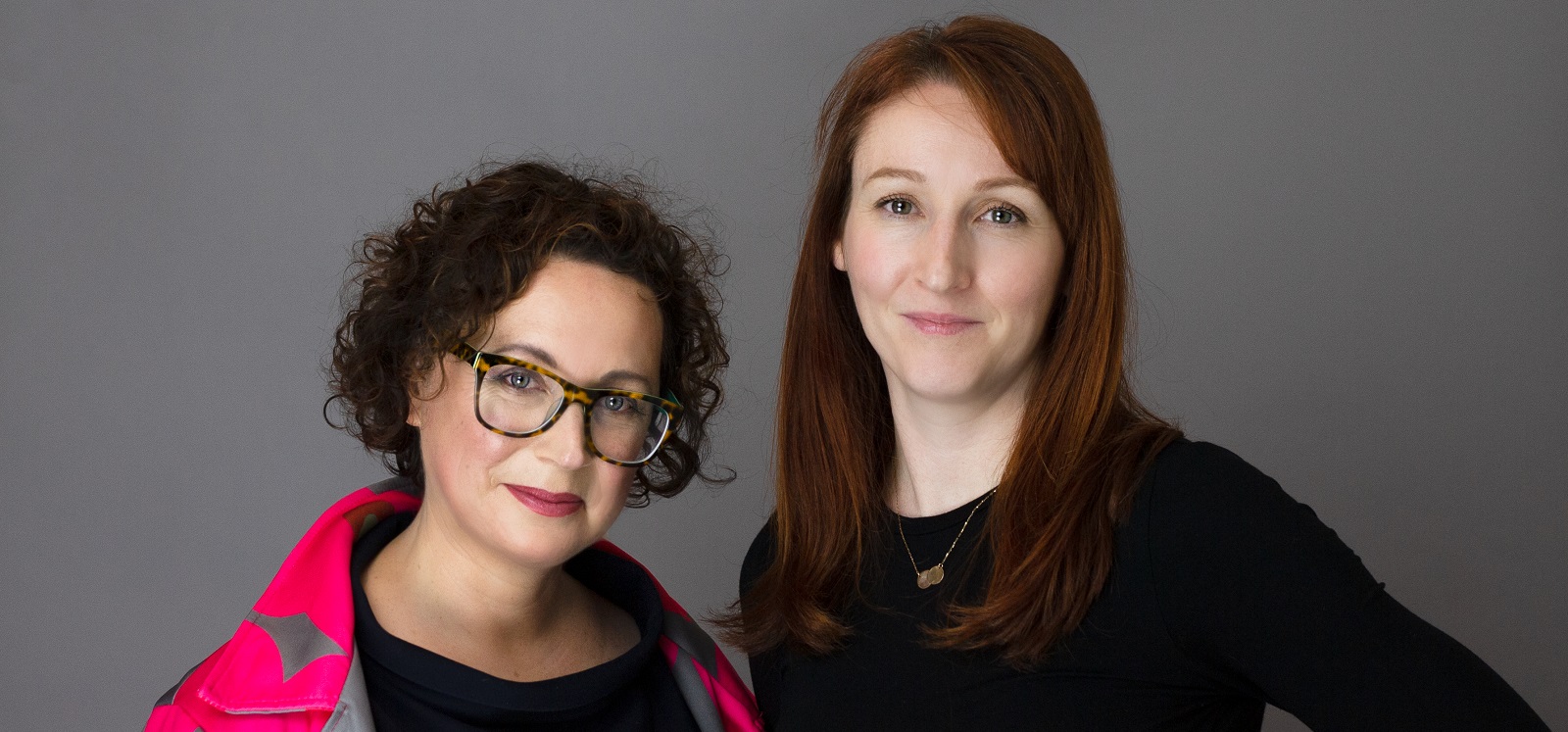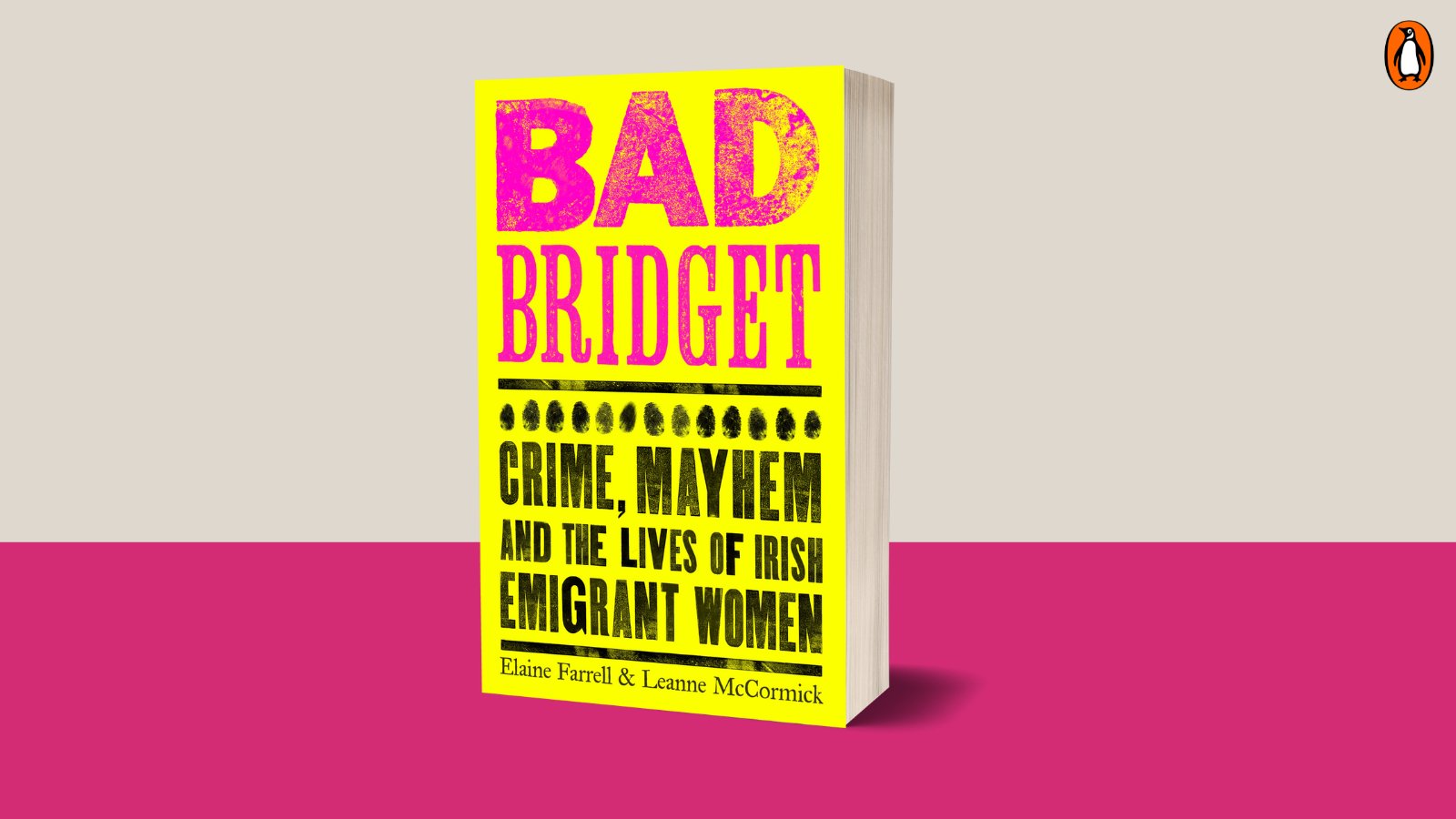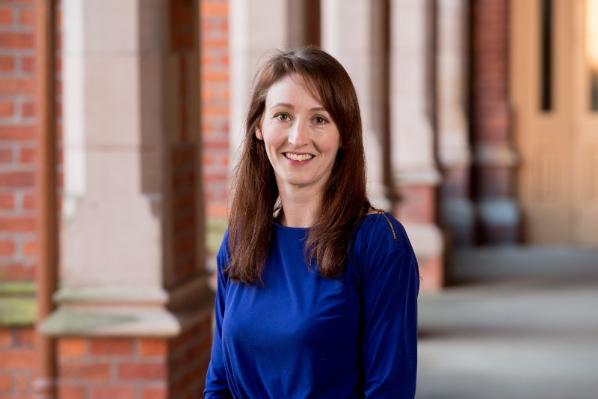BLOG: Researching 'Bad Bridget: Crime, mayhem and the lives of Irish emigrant women'
"Criminal Irish girls and women in North America might not fit accepted views of trailblazing women but to ignore their experiences would be to overlook an important aspect of Irish gender history and the history of migration from this island."

A special blog for International Women's Day by Dr Elaine Farrell, School of History, Anthropology, Philosophy and Politics.
On International Women's Day, social media is flooded with snippets of inspiring and pioneering female role models from the past, companies highlight women's achievements in and outside the workplace, and the Gender Pay Gap bot exposes what its name suggests (usually indicating lower pay for women).
Most of the girls and women I've spent the past 10 years researching would not have been considered role models. They left Ireland for North America in the nineteenth and early twentieth centuries and found themselves suspected, arrested or convicted of crimes. Leanne McCormick (Ulster University) and I refer to these girls and women collectively as 'Bad Bridget', which is the title of our AHRC-funded collaborative research project. The title derives from the common use of Bridget as a forename in Ireland at the time, and as a word sometimes used (in the US in particular) to refer to Irish women generally. The funding (awarded in 2015) enabled us to undertake several research trips, during which we trawled libraries, archives and other repositories for Irish women accused of criminal or deviant behaviour in New York, Boston and Toronto. And we found hundreds of thousands of them.
Even their relatives were sometimes ashamed of their exploits. Writing from County Leitrim, Thomas Canning petitioned New York officials for the release of his incarcerated daughter Marion. He didn't know or didn't want to know her crime, admitting in his letter of 11 April 1892, "I know not the cause of her misfortune". The daughter he was trying to get out of the New York prison had been arrested while selling sex for stealing a client's watch and sentenced to seven years. By the age of 30, another Irish migrant Delia Jones had been in the Boston courts at least 12 times for drunkenness and selling sex. When prison authorities interviewed her sister Mary, who was also living in Massachusetts, she admitted: "My poor mother's heart would be broke if she knew". Mary made clear her desire that Delia remain in the prison "or in some institution the rest of her life", emphasising "I wish she was dead, she has disgraced us all."

Regardless of whether their criminal exploits were admired or concealed in their own lifetimes, the stories of girls and women like these can offer us a glimpse of the realities of life following emigration. Our book, Bad Bridget: Crime, mayhem and the lives of Irish emigrant women, recently published by Penguin Sandycove, points to lived realities for those who migrated and found themselves on the wrong side of the law.
Women and girls sometimes told their migration story on admission to prison. Elizabeth Mullaney explained that she and her husband, a farm labourer from Swinford, County Mayo, saved enough money to send their eight children to the United States 'one by one.' Honora Rogan 'Came to America three years ago – sister paid her passage – came to earn money to support mother in Ireland'. Emigration as a way to avoid the potential stigma and shame associated with a pregnancy outside marriage points to harsh societal attitudes in nineteenth and early twentieth-century Ireland.
Through criminal records, we can see the desperate poverty that many Irish migrants experienced abroad, the poor housing, starvation, and lack of support networks. Eighty-year-old Sarah King was brought before the Toronto court for drunkenness and asked the judge to sentence her to a few months in prison. She obviously saw the prison as a place of refuge, with guaranteed food and shelter, and a doctor to attend to her various ailments. Records relating to child neglect demonstrate views of accepted motherhood, and the various demands on women trying to keep their families together. Alongside these offences, and others like drunkenness, theft, and stubbornness, Irish girls and women were also arrested for physical violence, which can offer an insight into intimate relationships. Angry at the ending of her relationship, Irish immigrant Mary Johnson scoured the streets of New York for her former lover before trying to slit his throat. Jealousy seems to have driven another Irish immigrant, Ellen McInerney, to throw acid in the face of the woman for whom she believed her boyfriend had left her in Toronto in 1886.
Although we refer to 'Bad Bridget' as a collective, these girls and women often had little in common besides their island of origin. Their personalities occasionally emerge in accounts of their court appearances. Some spent their trials weeping, clearly incredibly remorseful or horrified at the situations in which they found themselves. Others seem to have relished their time in court. Maggie Smith's story was recounted by the brilliant Siobhan McSweeney in our Bad Bridget podcast (2020). Smith was charged with drunkenness in New York in 1876 but insisted that her drinking was medicinal. When a judge asked her, "don't you think it's about time for you to sign the pledge?", she explained, "I can't, your Honor, I've got the asthma, and must drink." In another case, Irish woman Catherine O. was appalled at the sentence given to her in court and responded: "A year for getting drunk! No, I'll not take it". Asked if she wanted to appeal, she retorted, "I don't care what you call it, but I'm not going ... and I'd like to see the man that can make me".
Criminal Irish girls and women in North America might not fit accepted views of trailblazing women but to ignore their experiences would be to overlook an important aspect of Irish gender history and the history of migration from this island.
